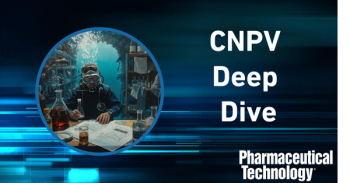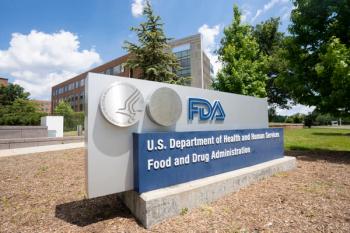
New Dosage Forms and Delivery Systems Driving 505(b)(2) Success
Key Takeaways
- Type-3 New Drug Applications, focusing on new dosage forms, dominate the 505(b)(2) pathway approvals, with injectable formulations being the largest category.
- Stability and manufacturing consistency are primary technical challenges in pharmaceutical reformulation, with patient-centric factors like palatability and dosing accuracy also being significant.
Analysis of FDA 505(b)(2) data (2024–2025) shows 69 drug reformulations, with a focus on enhancing stability and patient comfort, utilizing new dosage forms, and innovative strategies.
A recent analysis of FDA’s 505(b)(2) regulatory pathway approvals that was presented at AAPS PharmSci 360, held Nov 9-12, 2025 in San Antonio, Texas, provides detailed insight into current trends in pharmaceutical formulation and manufacturing. For a study, Manasa Singirikonda, PhD-candidate, Long Island University, and Ahmed Abu Fayyad, PhD, RPh, examined approval data from 2024–2025 aimed to provide a comprehensive understanding of the characteristics of these reformulated drugs, including their therapeutic targets and the challenges inherent in developing them. Their investigation focused specifically on identifying the approaches used to overcome technical hurdles, such as stability, palatability, and manufacturing consistency, alongside meeting specific pharmacokinetics and bridging requirements. Data from FDA’s public database and corresponding product labels were processed to document relevant attributes, including dosage form, physicochemical properties, and patient-centric considerations like compliance, ease of use, and dosing accuracy.
How are manufacturers utilizing the 505(b)(2) pathway?
The study tracked 69 FDA-approved submissions classified as reformulations of previously approved drugs, which could involve a new dosage form, a new combination, a novel formulation, or a change in manufacturer. The most prevalent category was the Type-3 New Drug Application, which signifies a new dosage form, accounting for 41 submissions. Submissions related to a new formulation or manufacturer (Type-5) followed, totaling 24, while submissions for a new combination (Type-4) made up four approvals, and a single submission was filed for a Type-2 New Active Ingredient.
When reviewing the structure of the resulting products, injectable formulations represented the largest category, at 33.4% of the approvals (see pie chart). Oral dosage forms constituted the majority of the remaining approvals, with oral tablets (20.3%), oral solutions (13.1%), oral suspensions (10.15%), and oral capsules (8.7%) as the most common. The approvals also included various other formats, such as nasal sprays, ophthalmic formulations, oral films, pellets, granules, powders, and intrauterine systems. Furthermore, the approvals reflect an industry focus on high-priority therapeutic areas, with 8.7% of the products indicated for rare (orphan) diseases and 10.1% designated as cancer-related.
What technical challenges are driving pharmaceutical reformulation?
The effort to improve drug performance, enhance patient adherence, and ensure manufacturing reliability is reflected in the technical challenges identified and addressed in these submissions. The primary challenge tackled through these reformulations was related to stability, which was relevant to 26% of the products. Manufacturing consistency, another significant factor, was a challenge that drove 5% of the reformulation efforts.
Addressing patient comfort and ease of use remains a central theme in these new approvals. Taste or palatability was a challenge addressed in 17% of the products. Other patient-centric factors included dosing accuracy or flexibility (12% of products) and ease of use (5%). Furthermore, 10% of the products involved innovation in the device or delivery system. Complex regulatory and technical requirements, such as pharmacokinetics and bridging requirements, also posed challenges, influencing 12% of the reformulations.
To overcome these formulation obstacles, innovative technologies were recorded in the study, including the strategic use of amorphous solid dispersions and prodrug strategies. The overall pattern for 2024–2025 demonstrates the ongoing importance of formulation science in addressing stability issues and enhancing patient comfort. The increasing incorporation of sophisticated delivery systems, particularly lipid- and 3D-printing technologies, suggests promising avenues for future pharmaceutical product development. These developments offer valuable lessons that can inform subsequent candidate formulation and regulatory strategies.
Newsletter
Get the essential updates shaping the future of pharma manufacturing and compliance—subscribe today to Pharmaceutical Technology and never miss a breakthrough.




